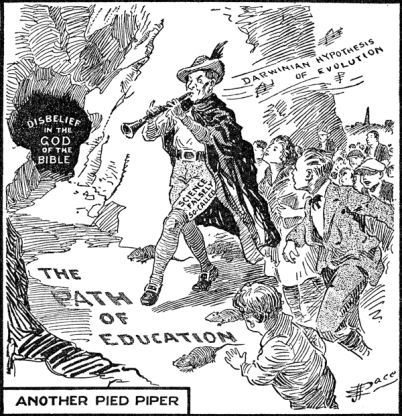Independence is the radical statement that all humans are created equal…
written by a man who raped his slaves and forced them to bear his children.
Independence is the creation of a republic by “we the people”…
in which some people counted for three-fifths of a whole and the vast majority were given no voice in its government.
Independence is the rugged individualism of frontier settlements carved out of the inhospitable wilds of the west…
on land gained through subterfuge, betrayal, theft, bloodshed, genocide.
Independence is government of the people, by the people, for the people…
followed by assassination, coups, terrorism, disenfranchisement, lynchings and the crushing imposition of “separate but equal.”
Independence is the words of Emma Lazarus etched into a statue in New York Harbor welcoming “your tired, your poor, your huddled masses yearning to breathe free”…
while sending away ships of Jews fleeing Nazi oppression in the name of “America First.”
Independence is the president of the United States saying, “We Shall Overcome” in a nationally televised address to Congress…
after decades of attack dogs, fire hoses, batons, blood and broken bones.
Independence is electing a president with a name like Barack Hussein…
before subjecting him to conspiracy theories arguing he is not truly American, then electing to succeed him the man who spread those racist lies.
Independence is celebrating 243 years of striving to achieve principles of liberty, justice and equality for all…
while separating, imprisoning, abusing and torturing families seeking asylum at our southern border.
The story of American independence is a story of tension between the mythology arising out of one set of historical facts and the shame arising out of another, more painful, less well remembered set of historical facts.
This July 4 – as with the first – we celebrate our independence while unjustly depriving others of theirs. The power on display in Washington, D.C., in the form of tanks and flyovers and high-value VIP tickets awarded to campaign donors and partisan lickspittles is felt in cages near El Paso, in lines on international bridges, in bodies losing oxygen in the rapid current of the Rio Grande.
Independence is the best of America…
and it is the worst of America.
Do not celebrate the former without remembering the latter.

 Like the rest of America, our family watched the recording of Hamilton that was recently released on Disney+. Like the rest of America, we laughed at the outrageous verbal tics of King George and Thomas Jefferson that weren’t apparent in the cast recording. Like the rest of America, we cried (again) at the death of Philip and of course Hamilton himself (spoiler alert!)
Like the rest of America, our family watched the recording of Hamilton that was recently released on Disney+. Like the rest of America, we laughed at the outrageous verbal tics of King George and Thomas Jefferson that weren’t apparent in the cast recording. Like the rest of America, we cried (again) at the death of Philip and of course Hamilton himself (spoiler alert!) In recent weeks, former Bush speechwriter
In recent weeks, former Bush speechwriter  This month’s events in El Paso, the presidency of Donald Trump, the realignment of American political parties over the past fifty years – indeed the totality of American history itself on this, the 400th anniversary of the arrival of the first documented black slave on our shores – can be summarized by one powerful letter:
This month’s events in El Paso, the presidency of Donald Trump, the realignment of American political parties over the past fifty years – indeed the totality of American history itself on this, the 400th anniversary of the arrival of the first documented black slave on our shores – can be summarized by one powerful letter:
 I recently travelled to Denton for a work conference, and during my spare time made a trip downtown to check out the beautiful Denton County Courthouse. On one side of the courthouse square stands a large arch topped by a soldier gripping a rifle. On the arch itself reads, “Our Confederate Soldiers.”
I recently travelled to Denton for a work conference, and during my spare time made a trip downtown to check out the beautiful Denton County Courthouse. On one side of the courthouse square stands a large arch topped by a soldier gripping a rifle. On the arch itself reads, “Our Confederate Soldiers.”

 You may or may not be aware that one of my research interests is the response of Evangelical and Fundamentalist Christians to the theory of evolution. It was actually my whole
You may or may not be aware that one of my research interests is the response of Evangelical and Fundamentalist Christians to the theory of evolution. It was actually my whole 



 This election season, I’ve been thinking a lot about Ted Cruz and Les Misérables.
This election season, I’ve been thinking a lot about Ted Cruz and Les Misérables.